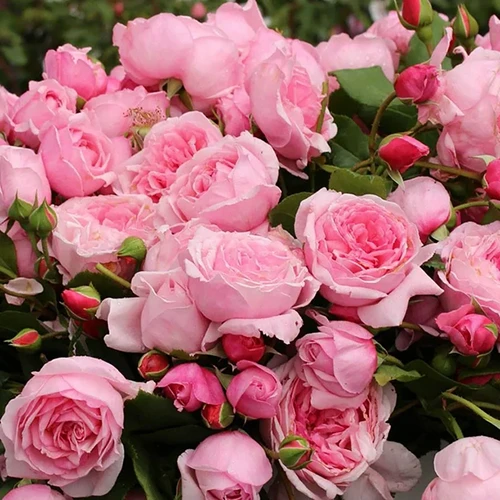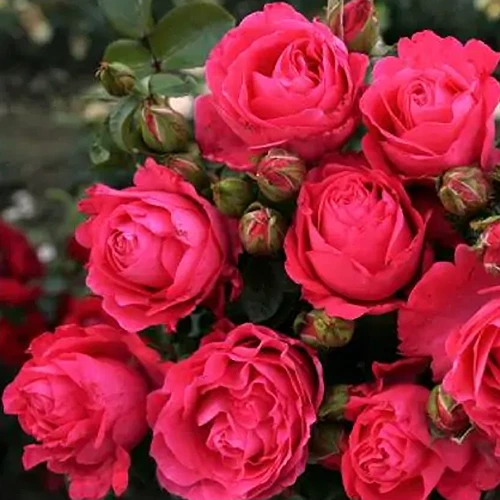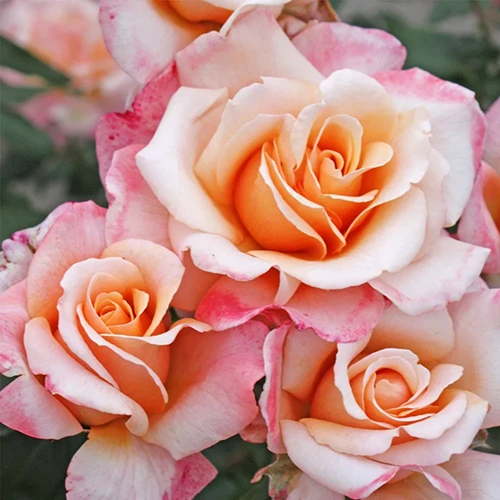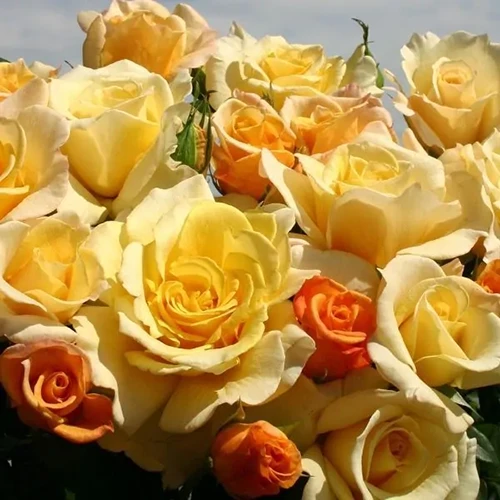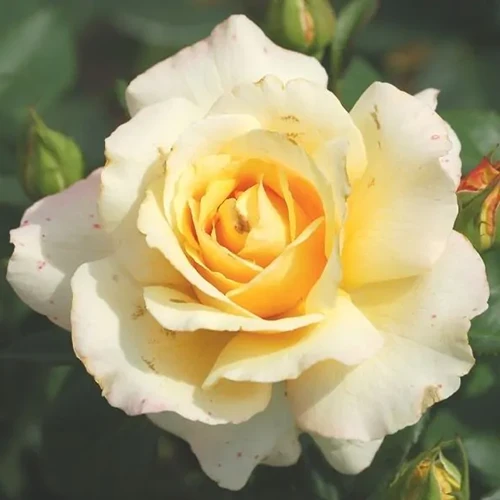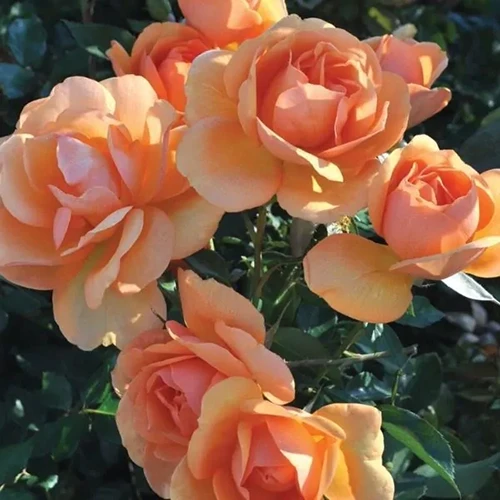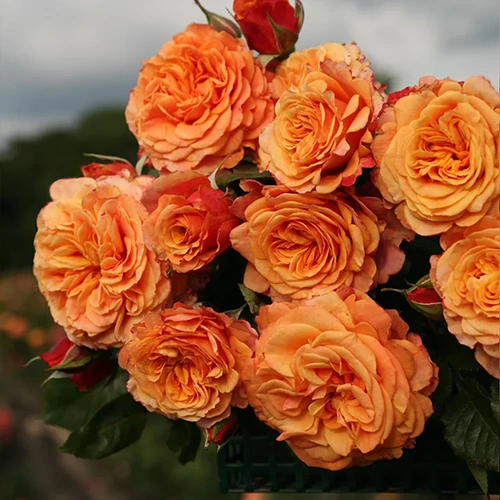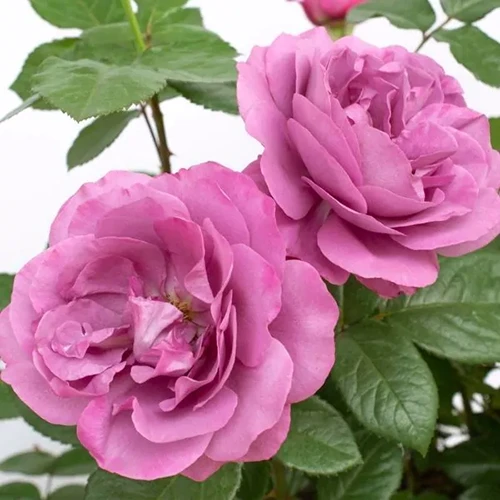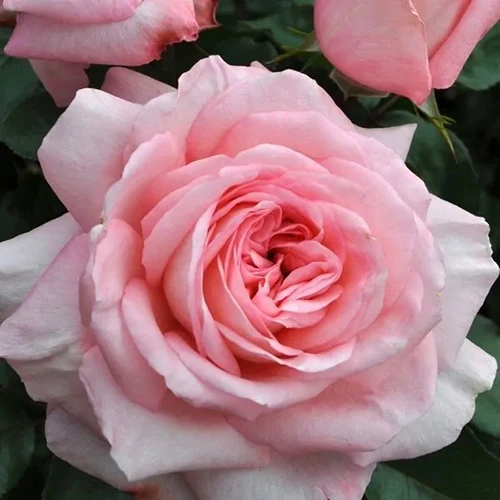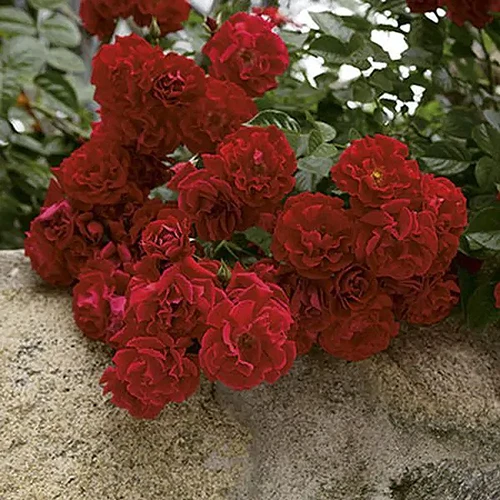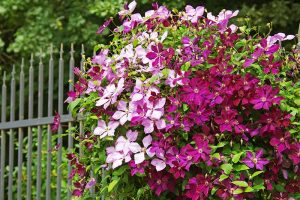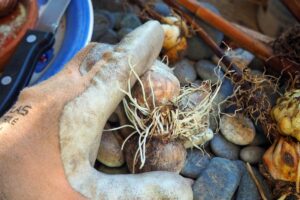When I first started exploring roses, I thought myself to be pretty educated once I knew the difference between a David Austin and a Knock Out.
And then I discovered a whole new world of Rosa types.
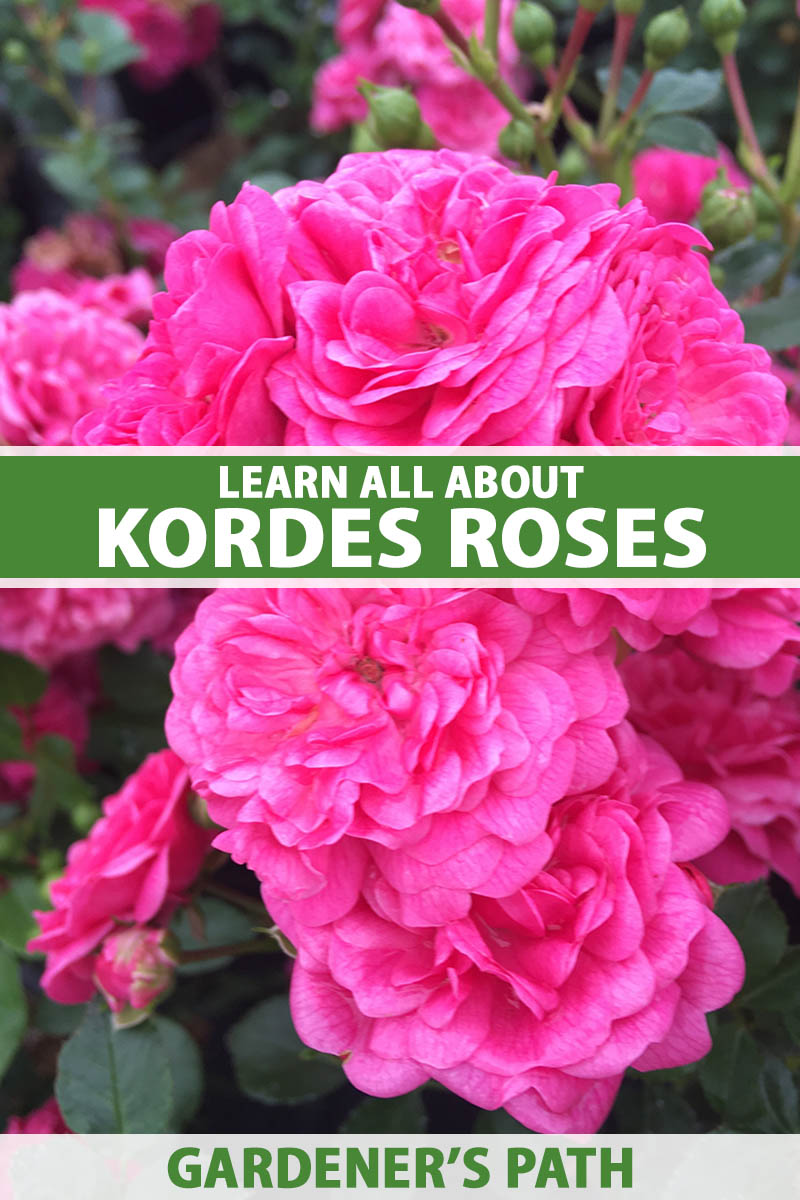
We link to vendors to help you find relevant products. If you buy from one of our links, we may earn a commission.
From the storied House of Meilland International to the ever-reliable Kordes, there are some incredible brands out there that don’t have quite the same level of name recognition as more familiar companies.
But in the case of brands like Kordes, their impact on the industry can’t be overstated. Their roses are just as good, and often better, than others.
If you’ve never heard of Kordes before, or you’ve seen the label in passing and wondered what their story is, this guide will explain all there is to know. Here’s what we’re going to discuss:
What You’ll Learn
The History of Kordes
The Kordes company is named for Wilhelm Kordes, who founded W. Kordes’ Sohne (W. Kordes’ and Sons) in Hamburg, Germany, in 1887.
The 22-year-old was a rose collector and he rapidly gained a reputation as a leader in rose propagation.
In 1918, the business was moved to Sparrieshoop, Germany, where it’s currently headquartered.

Wilhelm’s sons Wilhelm II and Herman joined the venture in the 1920s as breeders and in marketing. By the 1930s, the company was selling a million plants annually across the globe.
In 1950, Wilhelm’s grandkids Reimer, Herman II, and Werner became a part of the company, and the company was selling four million plants annually throughout the 1960s.
During the late 1980s, the fourth generation of the Kordes family took over, led by Wilhelm III, Bernd, and Tim-Herman, and the fifth generation is now leading the business.
Today, the company is still owned and run by the Kordes family. It has become a part of the Star Roses and Plants group, which holds exclusive distribution rights in North America.
How Kordes Roses Breeds Their Plants
Kordes is one of the largest rose breeders in the world, and they breed about 1,200,000 new seeds each year to be evaluated and tested.
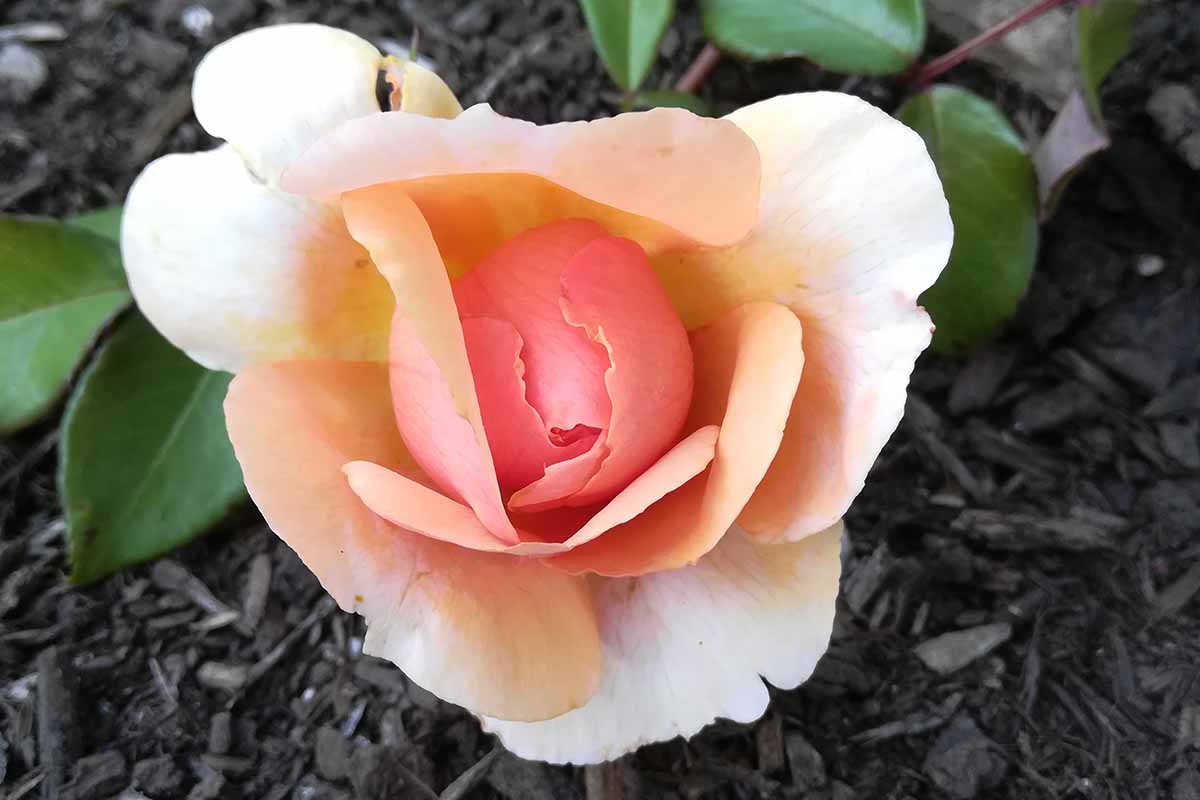
Of those, several thousand move onto the next stage of field trials, where they remain for over seven years to determine if they’re truly suitable to release on the market.
While they’re being evaluated, Kordes adheres to the philosophy that the plant should thrive without any fungicide applications. If a rose can’t survive without fungicides, it’s out of the breeding program.
In theory, that means the plants that you put in your garden are much less likely to suffer from fungal diseases.
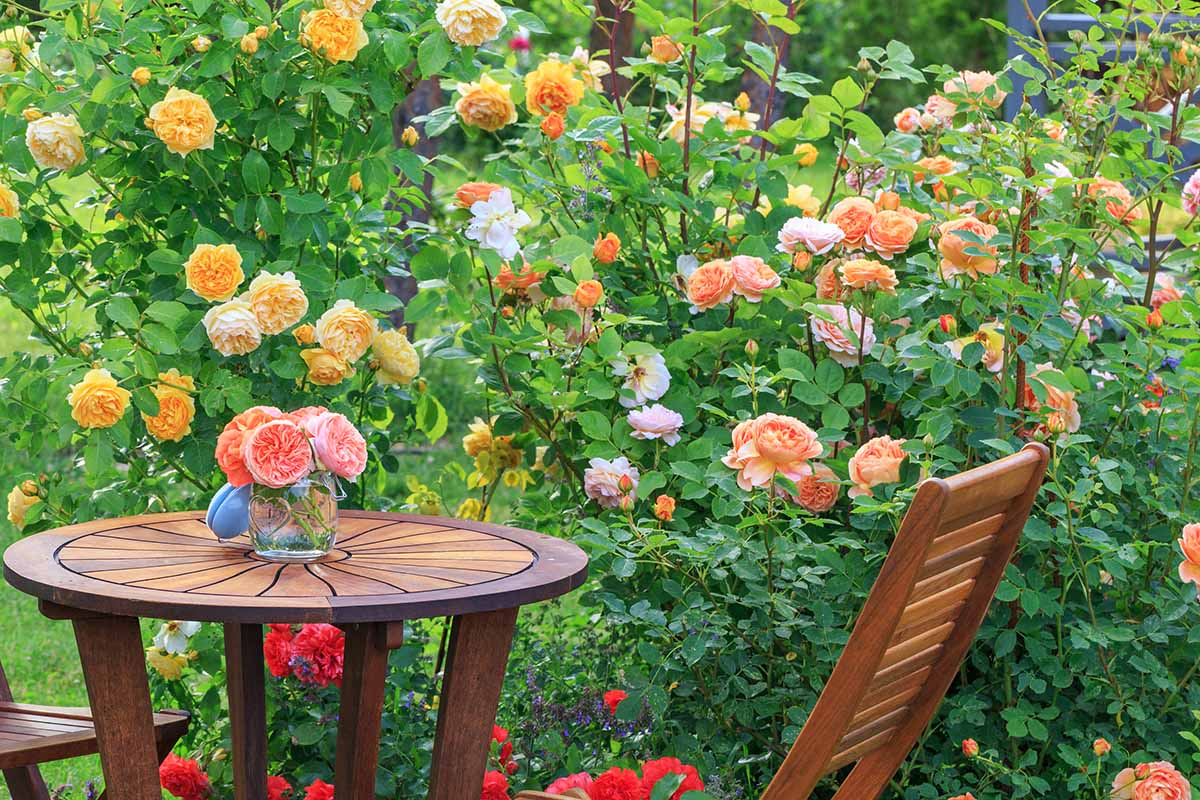
The company states that its goals are to breed disease-resistant plants that are cold hardy, floriferous, repeat bloomers, fragrant, not prone to balling, and that can be grown from cuttings.
They want their plants to be beautiful enough to work as cut flowers and able to be grown in containers.
That’s a tall order, but they’ve proven to be up to the task.
If you’ve ever heard of Griffith Buck roses, Kordes contributed to Buck’s early efforts and their roses were an important part of his breeding program.
Be aware that Kordes patents their roses, so you can’t legally propagate any of their newer creations. Their older cultivars aren’t patented, however.
A Selection of Kordes Roses
Kordes is constantly introducing new hybrids to the market to contribute to their long list of tried-and-true options. Here are some of their most popular varieties:
Arborose Series
The Arborose® series was created for those who want a climbing rose that can cover a fence or wall. They grow at least seven feet tall and mostly bloom in small clusters in flushes from spring through fall in Zones 4b through 9b.
Kiss Me Kate™ is one of my favorites. It’s classic pink with very full, fragrant blossoms.
The petals at the center of each bloom are ruffled and tightly packed with a looser, symmetrical pattern on the outside.
This pretty option is available as a live plant in a four-inch pot at Walmart.

Honeymoon™ has a similar shape but in the palest ballerina pink hue. Heirloom Roses sells this beauty as an own-root option available via Amazon.

For something a bit different, check out Quicksilver™. It has silvery-purple petals, and it’s also available from Heirloom Roses on Amazon.
Tangerine Skies™ warms up any space with its bold orange coloring. Grab yourself a live plant in a gallon-size pot at Walmart.
Citiscape Series
The petite shrubs from the Citiscape® series were created with the city dweller in mind, but anyone who is short on time and space but wants a floral superstar will love them.
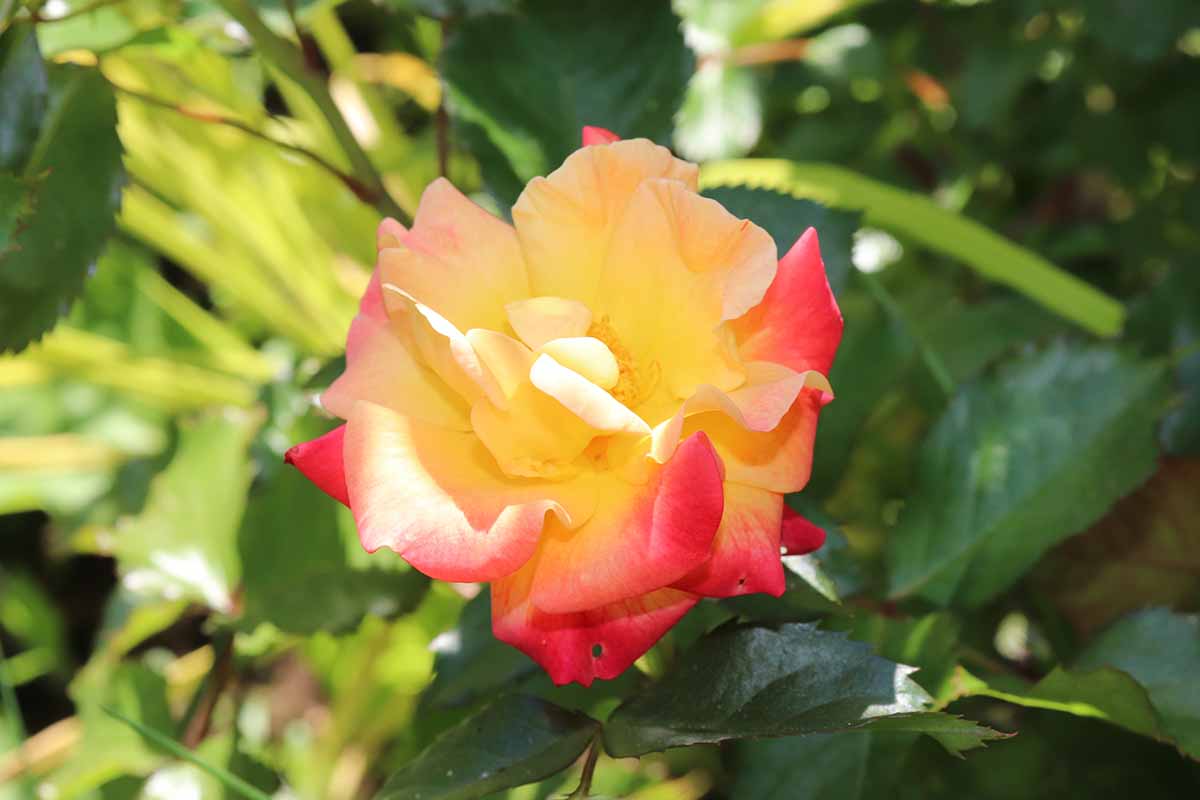
They are self-cleaning, so no deadheading is necessary. They also bloom continuously, for constant color from spring through fall.
Right now, there are two colorways: wine red Bordeaux™, and orange and lipstick red Firebird™. Both grow about three feet tall and are hardy in Zones 4 to 9.
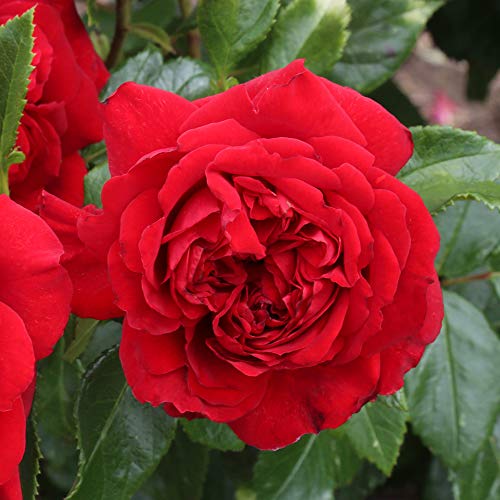
If you want to give one a try, find an own-root live ‘Bordeaux’ from Heirloom Roses on Amazon.
Crimson Glory
This cultivar was one of the company’s first successes. Bred by Wilhelm J.H. Kordes and registered in 1935, this hybrid tea is deep, crimson red with purple accents toward the edges of the petals.

The very double flowers are solitary and appear in flushes, and they are highly fragrant with an intoxicating floral and fruit fragrance.
‘Crimson Glory’ is ideal for Zones 4b to 9b where it’s a vigorous grower, but watch out for powdery mildew.
Both shrub and climbing options are available, making this the perfect cultivar no matter what area you need to fill, whether that’s a bare wall or a big container.
The shrub grows to about four feet tall, and the climber to about nine feet.
Eleganza Series
If you like the ease of care of Knock Out roses, but you want something a little more showy, the Eleganza® series is the way to go.
All cultivars are around three feet tall with clusters of colorful blossoms.
Choose from pink Beverly™ available at Nature Hills Nursery, for a classic option.
Or go for a bright, modern hue with raspberry Fiji™, which comes in #2 or #3 containers at Nature Hills.
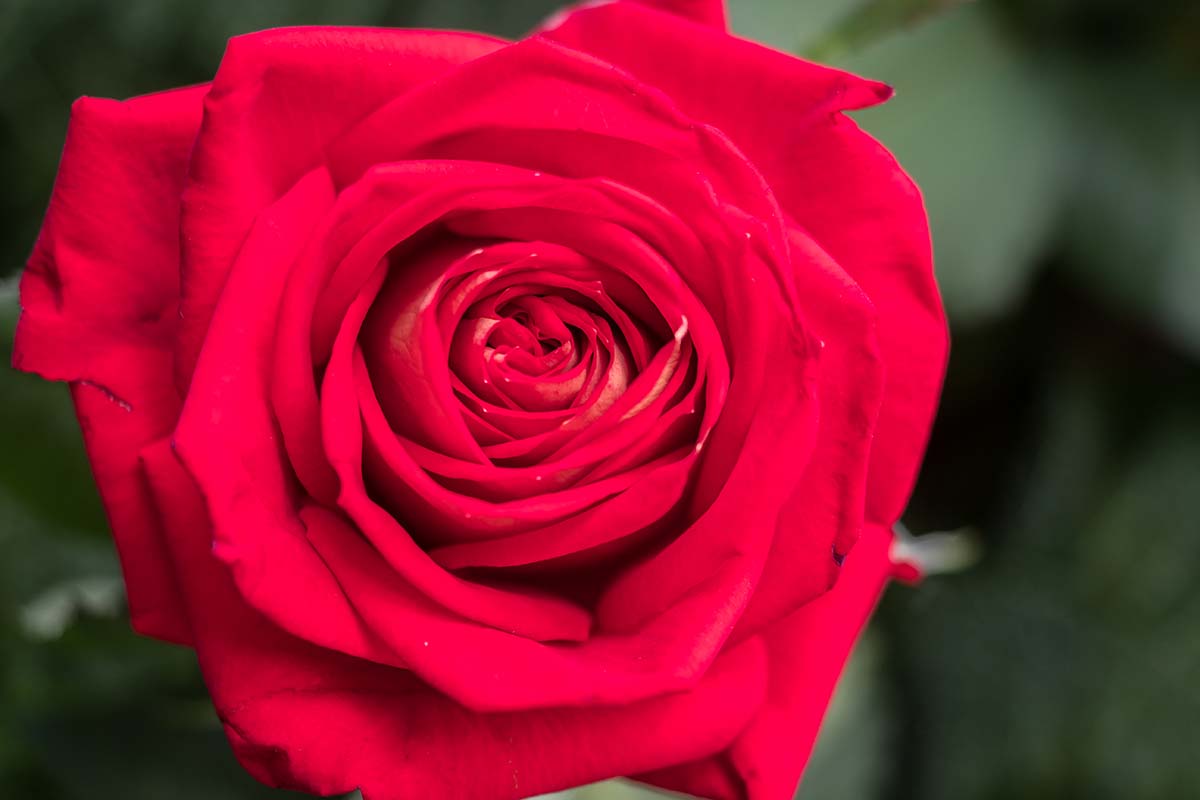
Then there is the pure red Grand Amore™, which would make a marvelous gift for your sweetheart, with its perfect crimson hue.
Pink, apricot, and cream Oh Happy Day™ adds instant cheer with its charming pastel colors.
Add this pick-me-up to your garden by grabbing an own-root plant in a gallon-size container at Walmart.
For my fellow yellow lovers, Sunny Sky™ has bright yellow flowers that follow orange buds. Snag one in a #3 container at Nature Hills Nursery.
Winter Sun™ is covered in pale, creamy yellow blossoms, like the palest winter sun. Visit Nature Hills Nursery to purchase a plant for your garden.
Pink Enchantment™ is a dreamy pearly-pink color with a small, bright pink margin on the outer part of the petals.
Available at Walmart as a live plant in a gallon-size pot, it’s a sweet treat that will liven up the garden.
Look for bright red Heart Song™, or creamy La Perla™, as well.
These grow best in Zones 5 to 9, with some able to grow in Zone 10.
Fairytale Series
The Fairytale® series is Kordes’ answer to David Austin’s English roses.
These plants have flowers that look like your classic old type, but with incredible disease resistance and ease of care.
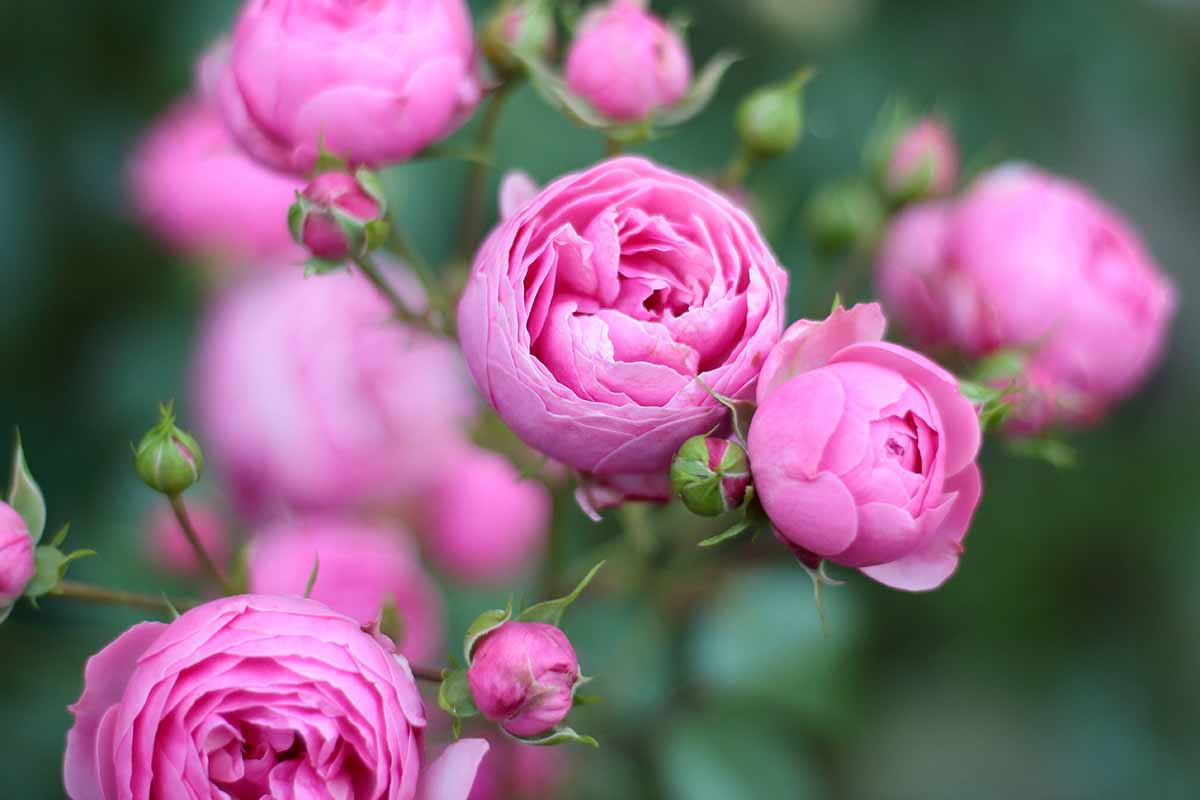
The flowers range from semi-double to fully double and can be faintly or strongly fragrant.
Look for apricot pink Caramella™, pale pink Elegant™, pink and peach Flora™, golden yellow Golden™, and fuchsia Pomponella™.
Most grow around four to six feet tall and wide and bloom in flushes, either singly or in groups. These are generally hardy in Zones 6 to 9, but some will grow outside of these areas.
Larissa
Larissa™ is a classic pink floribunda that stays in a petite two-foot-wide and equally tall shape.
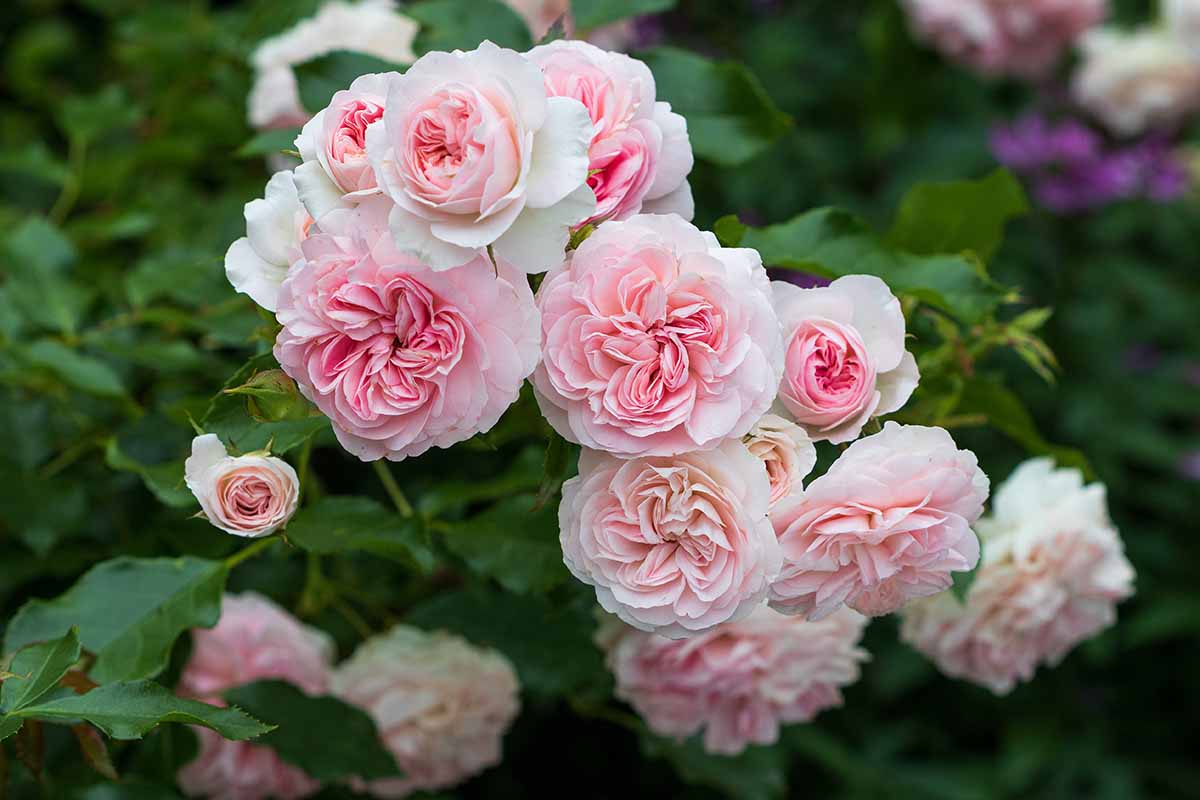
The display is anything but petite, though. The flowers are full-sized and fully double, in a soft pink that is slightly darker toward the middle of the flower. They appear in flushes singly or in small groups.
A hybrid cross between Bassino™ (‘KORmixal’) and Professor Sieber™ (‘KORparesni’), it’s hardy in Zones 5 to 9.
Parfuma Series
If fragrance is your top priority, any one of these hybrid tea or shrub roses will make your nose happy. That they’re some of the prettiest Kordes flowers is merely a bonus.
Dark Desire™ features huge, very double, ruffled blossoms in dark purple to fuchsia, with a complex fragrance made up of apricot, geranium, honey, lemon, myrrh, and rose.
Want one of your own? I don’t blame you. Visit Heirloom Roses at Amazon to bring home an own-root live plant in a gallon-size container.
The cupped blossoms of Earth Angel™ are a pale pink, with a fresh citrus scent that gradually shifts to berry as they age.
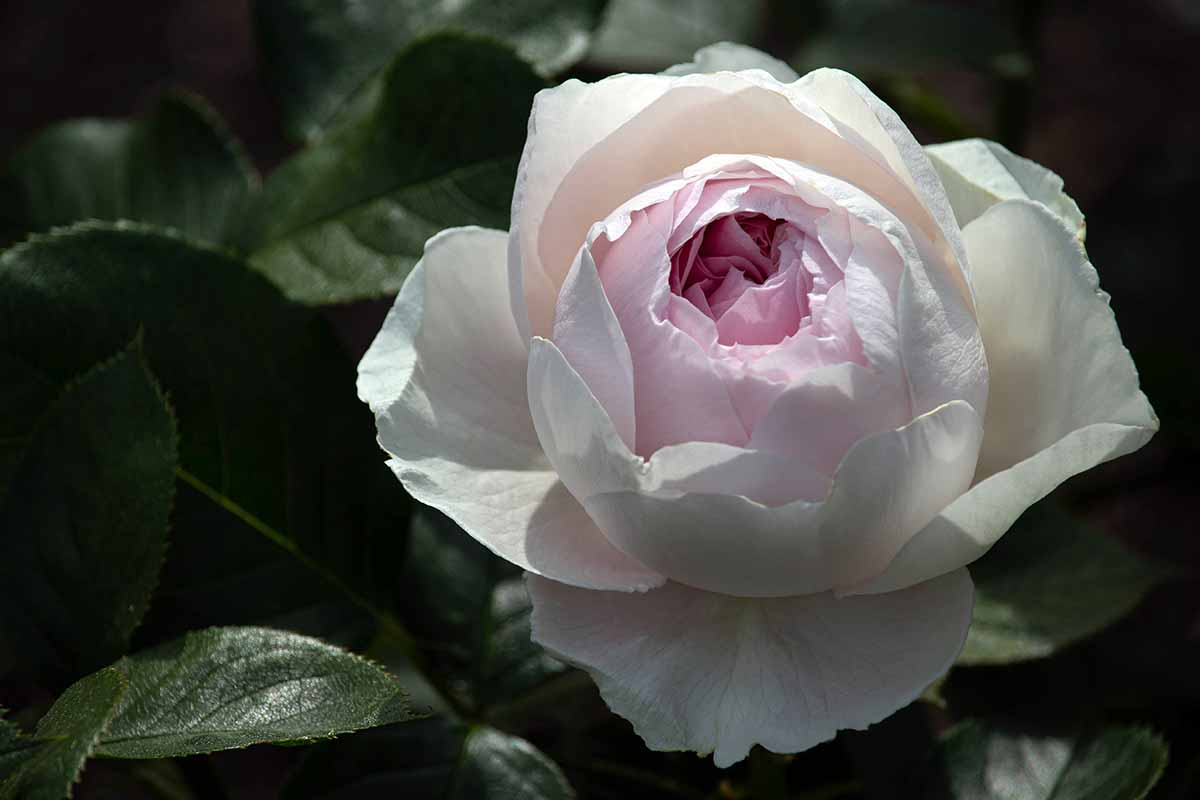
Experience heaven on earth by purchasing one at Home Depot to plant in your garden.
‘Bliss’ is peachy perfection, with a fruity fragrance. Home Depot carries bare roots for planting in your garden.
They’re all about four feet tall and wide and bloom in flushes, either singly or in small groups. Hardy in Zones 5 to 9.
Sunbelt Series
Sunbelt® is a series of floribundas that were bred to thrive in the heat in Zones 5 to 10. The blooms won’t fade as they age, and the foliage won’t wither as the temperatures climb.
They’re generally around four feet tall and three feet wide with clusters of blossoms. They bloom in flushes from late spring through fall.
Some roses sacrifice appearance for toughness, but that’s not the case here. All of the flowers in this series are large, colorful, and very full.
For instance, South Africa™ stands out with clusters of bright salmon, apricot, and orange petals. Nature Hills Nursery carries this exceptional option in a #3 container.
Crazy Love™, available at Walmart in a gallon-size container, has copper, yellow, and pale pink, fully double blossoms.
Plum Perfect™ is one of their most popular roses, with fully double blossoms in the most perfect plum hue.
If you’re a fan of purple flowers, this is one you shouldn’t sleep on. Nature Hills Nursery carries it in #3 containers.
Look for pure white Polar Express™, sunset salmon Soul Sister™, and pretty pink Savannah™ as well, the latter of which can be had at Nature Hills Nursery in a #3 container.
Vigorosa Series
For those who are looking for a ground cover rose, check out the Vigorosa® series.
These come in white (Innocencia™), pink (Pepita™), purple (Purple Rain™), red (Red Ribbons™ and Ruby™), raspberry (Little Chap™ and Raspberry™), yellow (Sunrise™ and Solero™), salmon (Sweet™), and multi-colored (Topolina™) options.
All stay low to the ground at under a foot tall with a three- or four-foot spread.
Want to try dancing in the purple rain? Or at least next to it? Walmart has live plants available in four-inch pots.
Nature Hills carries Red Ribbon™ in a #3 container, and Sweet™ can be had at Walmart.
Kordes Roses Are Easy, Beautiful Keepers
Next time you’re cruising through the nursery, if you spot a container sporting the Kordes logo, you know you’re looking at a plant that won’t need pampering or gallons of chemicals to keep alive.
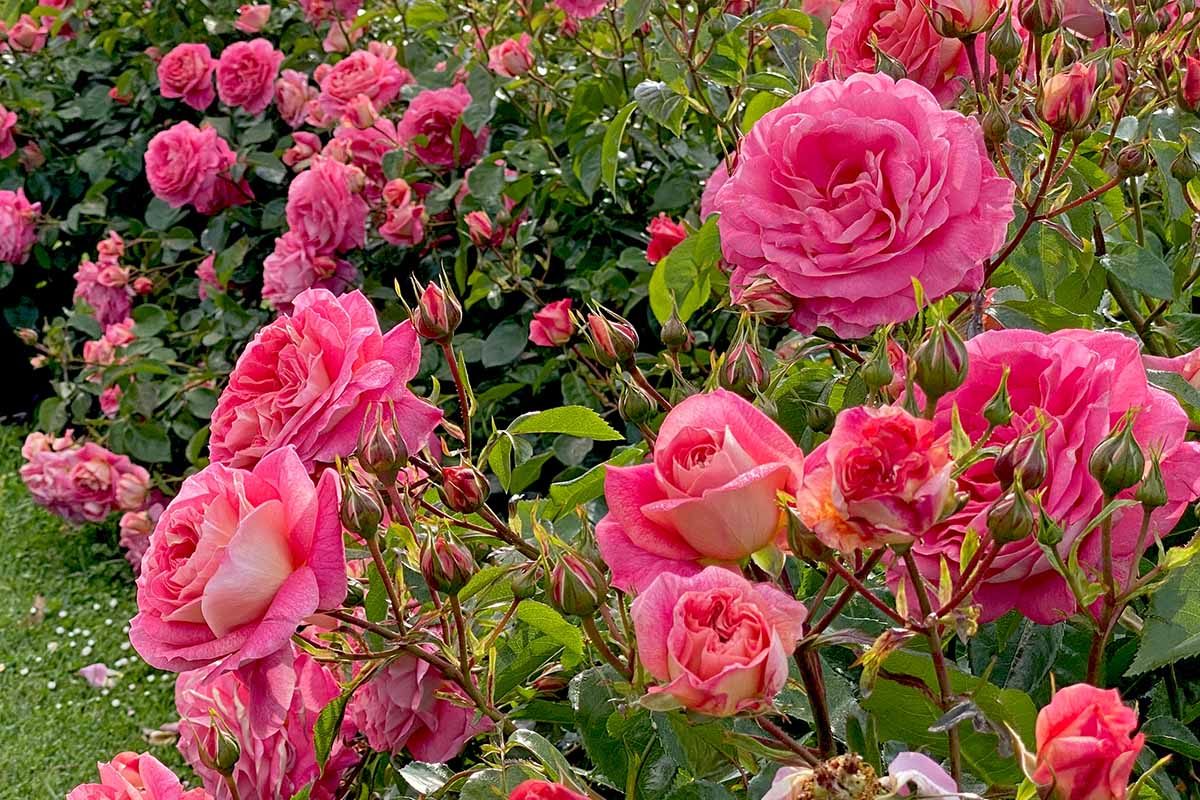
Does one of the options on this list strike your fancy? Which one will you be bringing home? Did we miss one that you particularly love? Fill us in on the details in the comments.
Finding the right cultivar is an important part of the process, but there’s so much more to know.
For some advice on how to keep your roses looking and feeling as happy as possible, read the following guides next:
